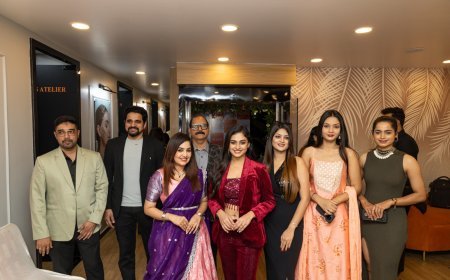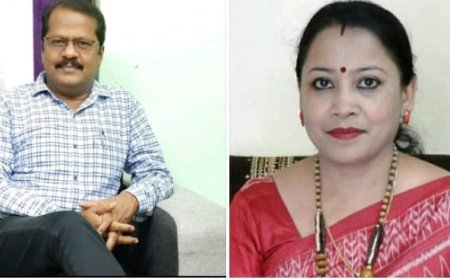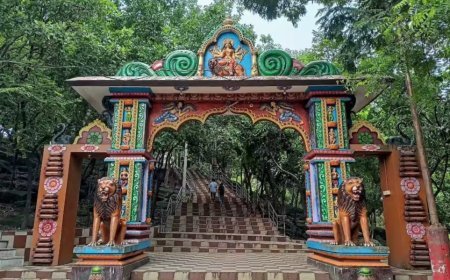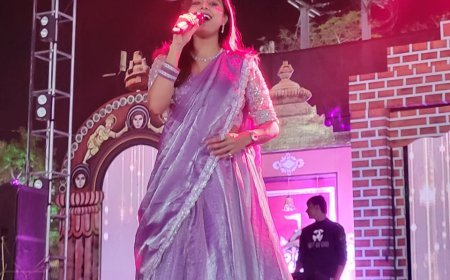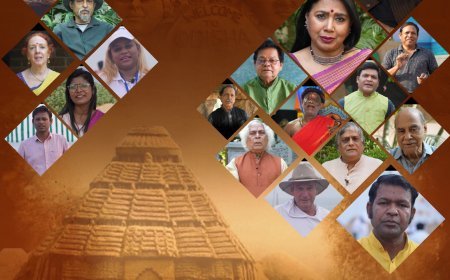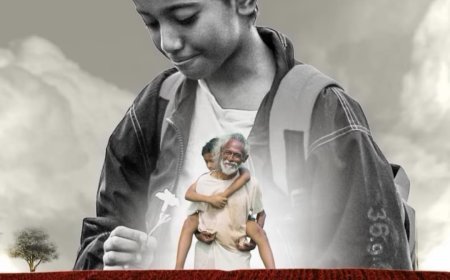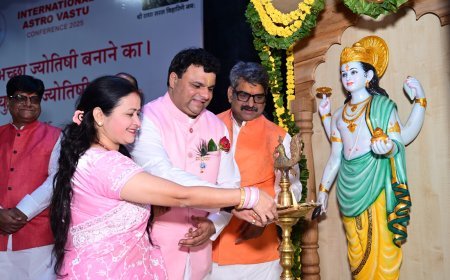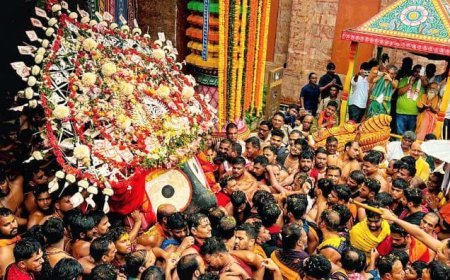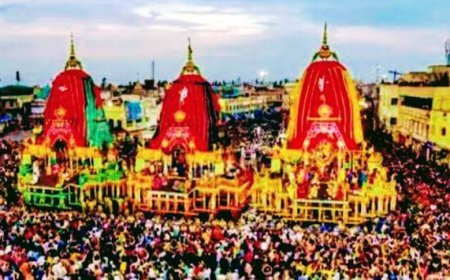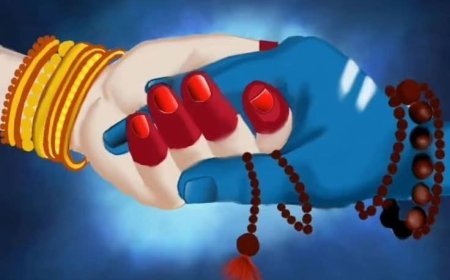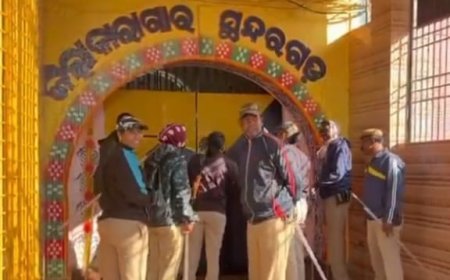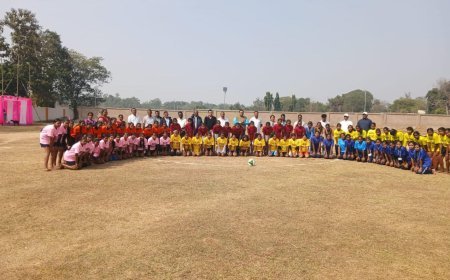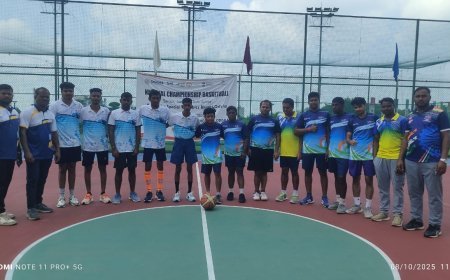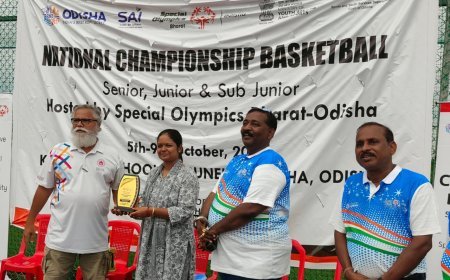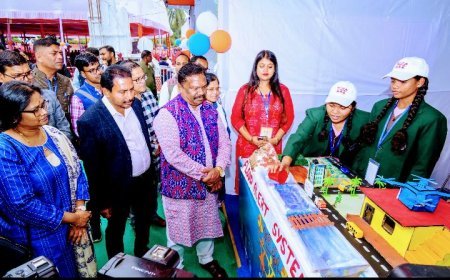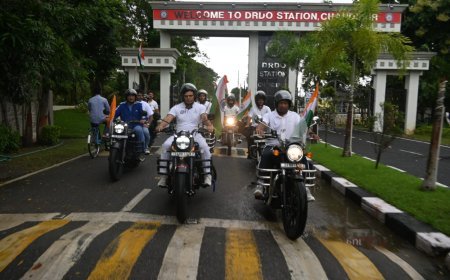WEAVING CLUSTERS OF SUBARNAPUR NAVIGATED BY STUDENTS OF NIFT BHUBANESWAR FOR THE FIRST TIME POST COVID-19
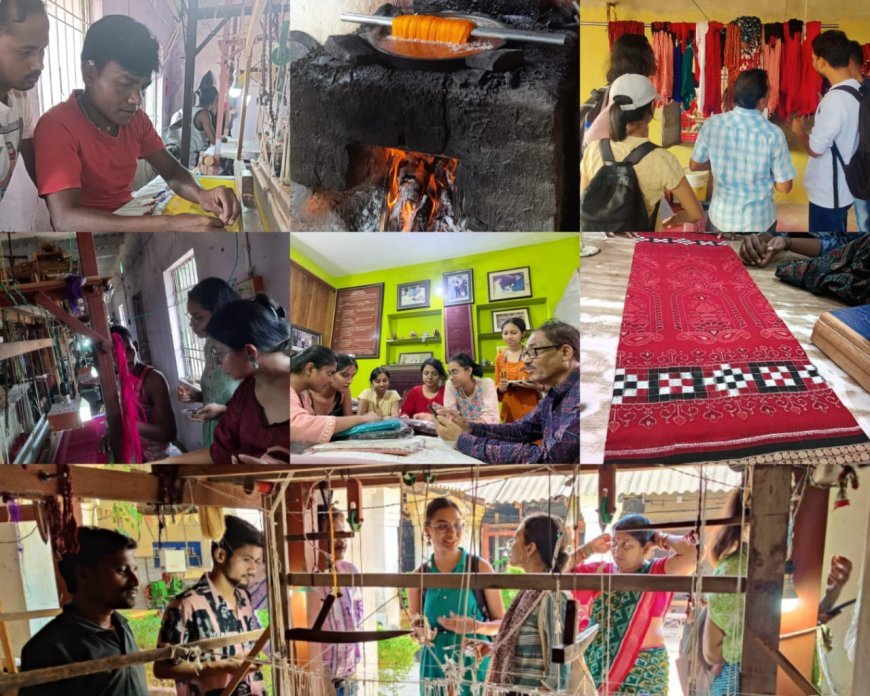
Bhubaneswar(13/08/2023)/By Amrita Dash): Craft cluster documentation is a research initiative held annually to facilitate an open environment to both students and artisans facilitating and preserving cultural heritage, empowering artisans, and promoting collaboration and sustainability.
By meticulously recording the nuances of traditional crafts, National Institute of Fashion Technology (NIFT) contributes to the larger narrative of India's cultural diversity and artistic legacy.
Through this initiative new bright minds are introduced to the indian regional crafts through Government of India initiative to preserve the crafts through Geographical Indication tags (GI) by preserving the intellectual right of such crafts from being copied elsewhere in the country this gave the clusters the exclusive rights to preserve the authenticity and quality of the craft, the regions where these crafts are practiced are known as clusters.
This year, the students of Fashion Design department, NIFT Bhubaneswar visited Sonepur as part of their Craft Research Documentation in the curriculum.
Craft Cluster visits are conducted every year at all the NIFT Campuses for the mutual benefit of artisans and students, while the students get to see the manufacturing or the production of garments while the artisans gets the fresh perspective of students on designs and trends on regional and global markets.
In Subarnapur, we visited the nearby blocks of Ullunda and Tarbha where we navigated and explored through the villages of Sagarpali, Nimna, Bagduli, Dherapada and Piplikani.
Sagarpali has the maximum number of weavers in the district with approx 200 families including multiple dignified National/State awardees.
One such master weaver, Shri Prahallad Meher who is renowned for his poetic and creative saree creations.
He has been awarded several state and national awards along with the Sant Kabir Award.
During COVID-19, the weavers of the Bhulia and Kostha community faced a number of challenges.
The largest handloom haats (Balijuri haat in Bargarh) and local markets were restricted to only once a week.
Hiked prices of raw materials, reduced demand, which caused the wages to plummet; there wasn’t any significant assistance from the state government, the central government, or the purchasers; this caused artisans to switch their professions, abandoning years and decades of their family legacy to put food on the table.
Although the setbacks caused heartache, families of artisans adapted to changes of society during the pandemic with the help of new and technologically empowered generation.
The use of technology and social media has increased in the villages and their connections to the world outside societies, haats, textile expos has also increased.
The use of E-commerce has empowered the artisans to reach potential buyers of national and global markets, this spark has caused a requirement of understanding national and global trends and a constant hunger of new designs to harness the market potential.
The key responsibilities of these craft cluster documentations are preservation of tradition, empowering artisans, cultural exchange and collaboration, academic and research advancements, digital archiving and promotion of sustainable practices. Subarnapur district has a golden history of handloom just like their name.
And undoubtedly it has one of the largest and flourishing clusters of Odisha as well as India.
It has the highest number of active looms and weaver families practicing in the state and keeping the shine of the craft alive.
We were enlightened with practical information, culture, beauty of villages, family values, interesting facts and loads of memories while staying in the tranquil and enthusiastic habitation of Subarnapur.
We got to see numerous techniques, equipment, and procedures involving Bandha Kala and Bomkai that we had only studied theoretically.
What began as a learned craft became a legacy passed down through generations because it was preserved in such a way that it did not wither over time.
One could sense the great optimism and forward thinking in the younger generation as well as in some of the older generation of bunkar.
After being confronted by multiple challenges their perseverance and dedication to the craft and their desire to innovate it is praise worthy.
There is a hunger for learning from students and professionals to produce better designs that will cater to the current market.
They can find inspiration and reach the younger generation for support.
Still, there is a requirement for the young designers and market professionals to extend their services and support to help put these weavers on the limelight so that Odisha handloom can make waves in the fashion world more often with contemporized and modernized motifs and compositions while the originality of the craft remains intact.
The effect of Covid is lifting slowly but the disposition of the weavers is of higher optimism, which was the most positive finding from this visit.



